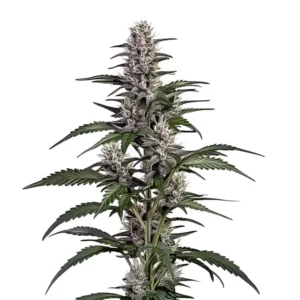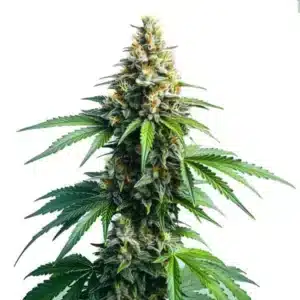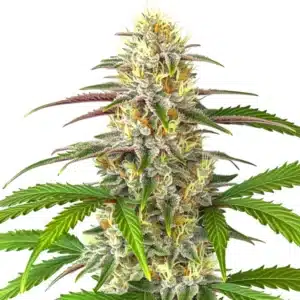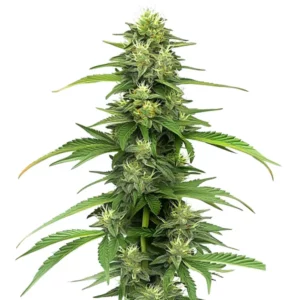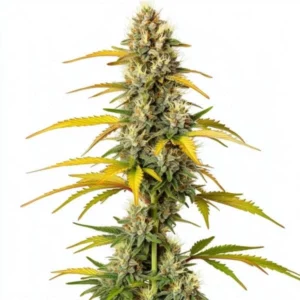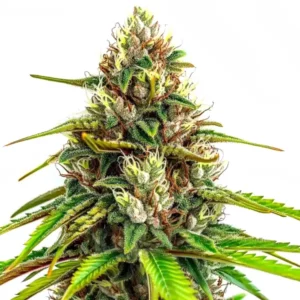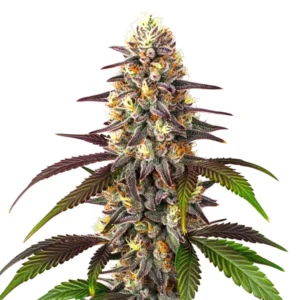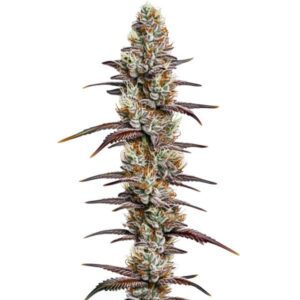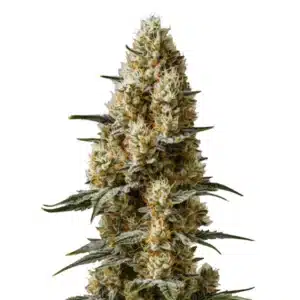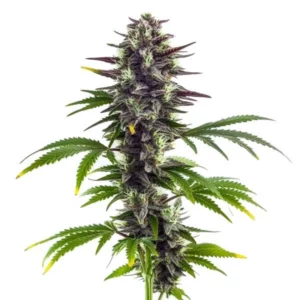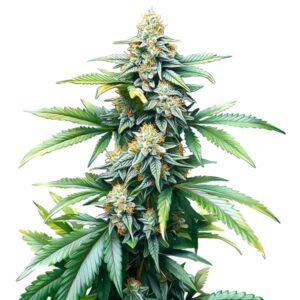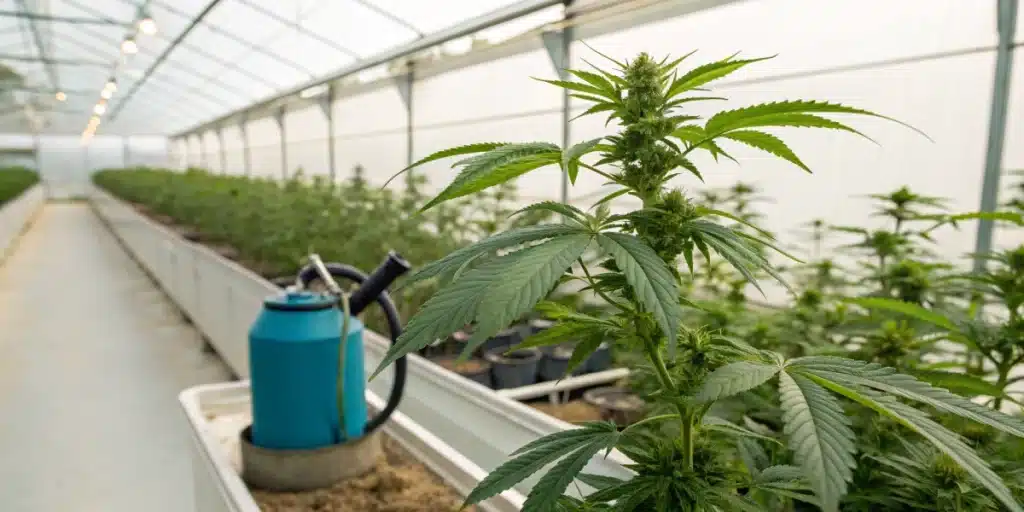
Best Fertilizer for Cannabis Vegetative Stage: Achieving Vigorous Growth
Realizing Nutritional Demands During Vegetative Growth
The vegetative stage is a critical phase in cannabis cultivation, where plants focus on building a robust structure for future flowering. During this stage, understanding the nutritional demands of your plants is paramount to achieving vigorous growth. Cannabis plants thrive on a balanced diet of macronutrients and micronutrients that support their leafy development and overall health.
Nutrients in Promoting Leafy Growth
Nutrients play an essential role in promoting leafy growth during the vegetative stage. Nitrogen (N) is particularly crucial, as it is a building block for chlorophyll, the pigment responsible for photosynthesis. Without sufficient nitrogen, cannabis plants may exhibit stunted growth and pale leaves. Additionally, phosphorus (P) and potassium (K) are important for root development and energy transfer, respectively, ensuring your plants not only grow tall but also establish a strong foundation.
Recommended Strains
Afghan Autoflower
|
|
THC | 15% - 17% (Medium) |
|
|
Type | Autoflowering |
|
|
Yield | Medium |
|
|
Phenotype | 90% Indica / 10% Sativa |
Afghan Kush
|
|
THC | 16% - 21% (Medium) |
|
|
Type | Feminized |
|
|
Yield | Medium |
|
|
Phenotype | 90% Indica / 10% Sativa |
Other micronutrients like calcium, magnesium, and iron, although required in smaller amounts, contribute significantly to the health of cannabis plants. Calcium strengthens cell walls, magnesium aids in photosynthesis, and iron is critical for chlorophyll synthesis. A well-rounded fertilizer that addresses these nutritional needs can result in lush, green foliage that is indicative of a healthy plant.
Importance of Quality Fertilizer in the Vegetative Stage
Using quality fertilizer during the vegetative stage cannot be overstated. Poor-quality fertilizers may lead to nutrient deficiencies or toxicities that can hinder plant growth. It’s essential to choose a fertilizer that is specifically formulated for cannabis during this stage, as generic options may not provide the necessary balance of nutrients. Look for products that offer a higher nitrogen content to support the vigorous growth expected during this phase.
Moreover, quality fertilizers often contain slow-release mechanisms that ensure a steady supply of nutrients over time. This gradual release is beneficial for maintaining consistent nutrient availability, which ultimately translates to healthier plants. A well-chosen fertilizer can make the difference between a mediocre yield and a bountiful harvest.
Promos & Deals
Types of Fertilizers for the Vegetative Stage
When it comes to fertilizing cannabis during the vegetative stage, growers have a variety of options. Understanding the differences between organic and synthetic fertilizers can help you make an informed choice that aligns with your growing philosophy.
Organic Fertilizers to Enhance Natural Growth
Organic fertilizers are derived from natural sources and are often favored by growers who prioritize sustainability. These fertilizers not only provide essential nutrients but also improve soil health by promoting beneficial microbial activity. Common organic fertilizers include compost, worm castings, and bat guano. Each of these options brings its own unique benefits to the table.
For instance, compost enriches the soil with a wide range of nutrients and enhances its structure, while worm castings are known for their ability to boost plant growth and resilience. Bat guano, rich in nitrogen and phosphorus, can significantly enhance flowering potential. By using organic fertilizers, growers can create a thriving ecosystem that supports plant health and promotes vigorous growth.
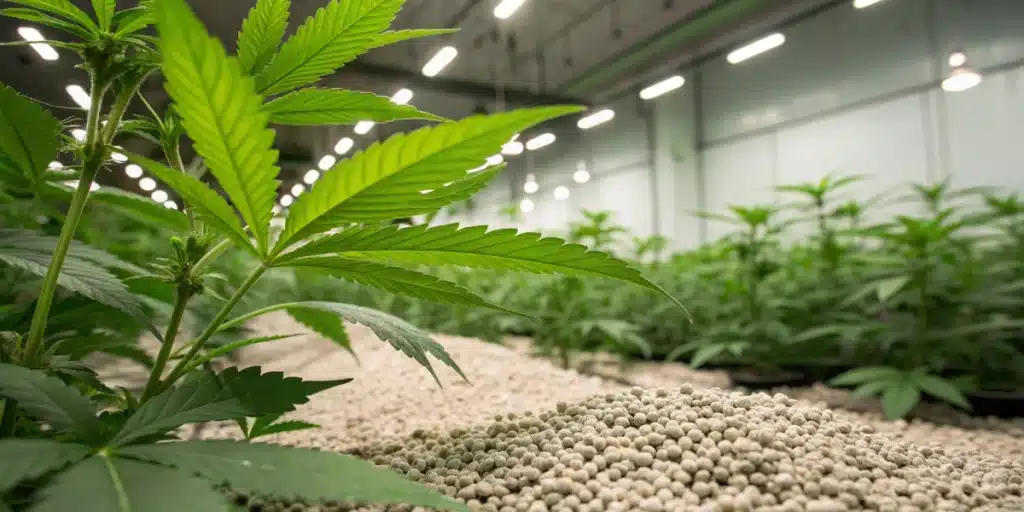
Synthetic Options for Fast Nutrient Uptake
Synthetic fertilizers offer a more concentrated nutrient profile, allowing for fast nutrient uptake by plants. These fertilizers are often formulated with precise ratios of nitrogen, phosphorus, and potassium, making it easier to tailor your feeding regimen to your plants’ specific needs during the vegetative stage. Many synthetic fertilizers also come with additional micronutrients to ensure a comprehensive nutrient supply.
While synthetic fertilizers can lead to rapid growth, they require careful application to avoid over-fertilization, which can harm plants. It’s essential to monitor your plants closely and adjust feeding schedules based on their response. With proper management, synthetic options can yield impressive results in terms of growth and health.
Application Techniques for Vegetative Fertilization
How you apply best fertilizer during the cannabis vegetative stage can significantly impact the effectiveness of nutrient delivery. Employing the right application techniques ensures that your plants receive the necessary nutrients without the risk of overfeeding or nutrient burn.
Correct Dosage and Timing Guidelines
Determining the correct dosage and timing for fertilizer application is crucial. Over-fertilizing can lead to nutrient burn, while under-fertilizing may result in deficiencies that stunt growth. It’s recommended to start with a lower dosage and gradually increase it based on your plants’ response. Most growers follow a feeding schedule that aligns with their growth cycle, ensuring that nutrients are available when plants need them most.
Timing is also a key factor. Applying the best fertilizer for cannabis during the early hours of the day allows plants to absorb nutrients efficiently. Moreover, adjusting the feeding frequency as plants transition through their growth phases can optimize nutrient uptake and support vigorous growth.
Monitoring Plant Health and Adjusting Feedings
Monitoring your plants’ health is essential for successful fertilization. Keep an eye out for signs of nutrient deficiencies or excesses, such as yellowing leaves or leaf burn. Regularly inspecting your plants can help you decide when to adjust feeding schedules or alter the type of fertilizer used. A proactive approach will ensure that your cannabis plants remain healthy and robust throughout the vegetative stage.
Utilizing tools such as pH meters and EC meters can provide valuable insights into soil health and nutrient availability. These instruments enable growers to make data-driven decisions, enhancing the overall effectiveness of their fertilization strategy.
Integrating Fertilizer into Your Vegetative Growth Plan
Successfully integrating fertilizer into your vegetative growth plan requires a comprehensive understanding of your plants’ needs and the environmental conditions they are growing in. A tailored approach will yield the best results.
Combining Multiple Nutrient Sources Effectively
Combining different nutrient sources can maximize the benefits of your fertilization strategy. For instance, using a mix of organic and synthetic fertilizers can provide both immediate nutrient availability and long-term soil health benefits. This hybrid approach allows growers to capitalize on the strengths of each type of fertilizer while mitigating their weaknesses.
Additionally, incorporating supplements such as beneficial bacteria and fungi can enhance nutrient absorption and plant resilience. These microbial inoculants can work synergistically with fertilizers, promoting a thriving root system that is better equipped to uptake nutrients efficiently.
Adapting to Environmental Changes and Plant Needs
Environmental factors can significantly influence your plants’ nutritional needs. Changes in temperature, humidity, and light can affect how cannabis utilizes nutrients. Being adaptable in your fertilization approach is vital. For example, during hotter conditions, plants may require more water and nutrients to cope with increased stress. Adjusting your feeding regimen based on these changes will help maintain optimal growth conditions.
Moreover, the strain of cannabis being cultivated may also dictate specific nutrient requirements. Some strains may thrive with higher nitrogen levels, while others may prefer a more balanced approach. Tailoring your fertilization plan to accommodate these variations will contribute to achieving vigorous growth.
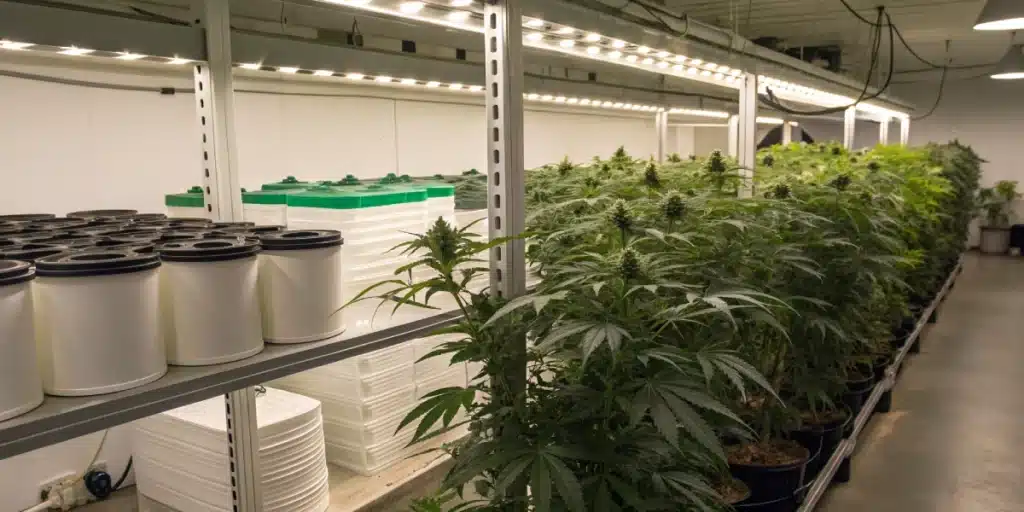
FAQs about Best Fertilizer for Cannabis Vegetative Stage
What is the best fertilizer for the vegetative stage?
The best fertilizer for the cannabis vegetative stage typically has a higher nitrogen content to support leafy growth. Look for products specifically formulated for cannabis that provide a balanced mix of macronutrients and micronutrients for optimal growth.
How often should I apply fertilizer during the cannabis vegetative stage?
Fertilizer application frequency can vary depending on the specific product used and the growth conditions. Generally, feeding every 1-2 weeks is effective, but always monitor your plants’ response and adjust accordingly.
Can I switch fertilizers between the vegetative and flowering stages?
Yes, switching fertilizers between the vegetative and flowering stages is common. Plants typically require different nutrient ratios during these phases, so transitioning to a bloom formula that emphasizes phosphorus and potassium can enhance flowering potential.


